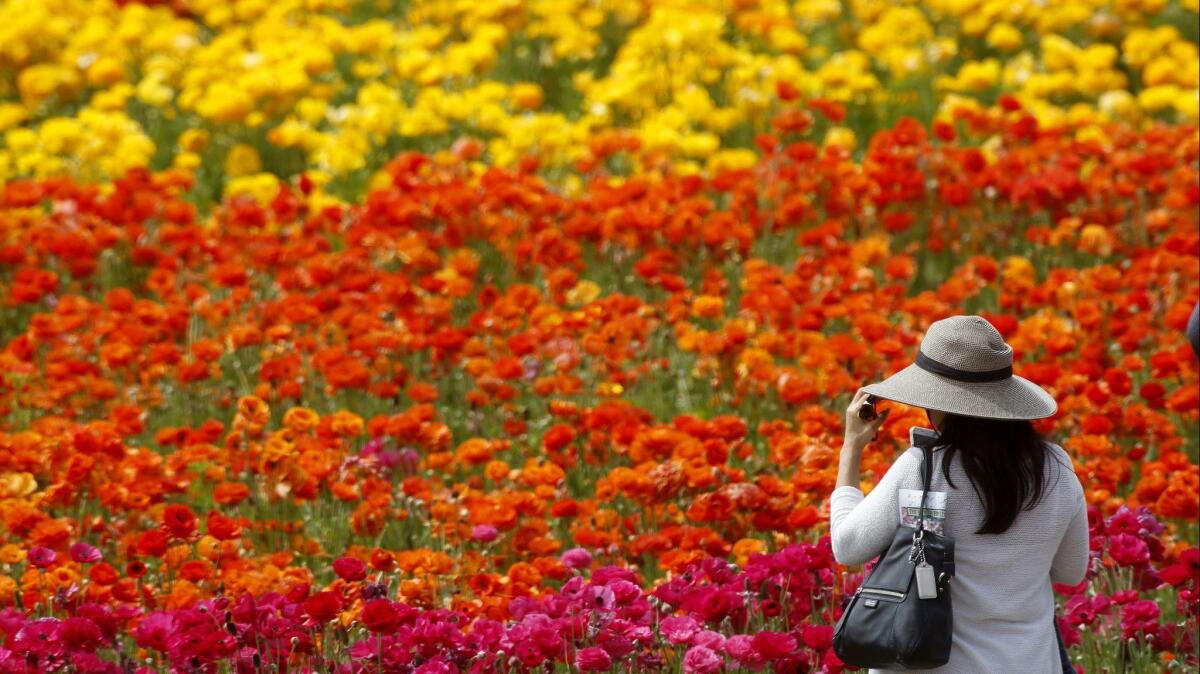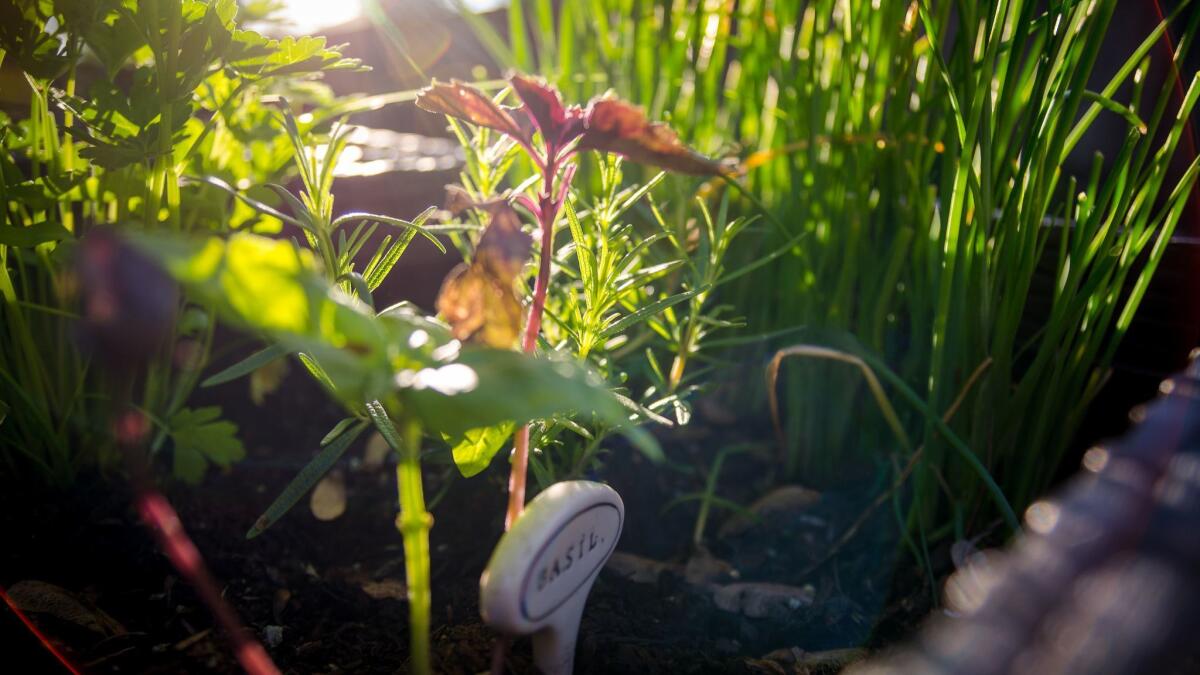Your spring gardening guide: 22 ways to enjoy what’s blooming now

In our home gardens, weeds are everywhere. Deal with them before they flower and go to seed. Here are tips to do just that, along with other ideas for March gardening — and beyond.
1. Skim the soil with a hoe or a Cobrahead weeder and cultivator — one of our favorite tools — to cut the foliage off fine-rooted weeds and grasses. Once the leaves are gone, the roots die.
2. Thick-rooted weeds like plantago or dandelion are different: Leaves re-sprout from the base. The best way to get rid of them is to dig them out, roots and all.

3. Smother small weeds in a 3- or 4-inch-thick layer of mulch. The mulch improves the soil too.
4. Don’t fall for the false promise of “weed cloth” or “landscape fabric.” These products don’t stop weeds. Instead, they destroy soil and the beneficial microbes that live there, which is the opposite of good gardening practice.
5. Monitor the soil moisture with your fingers. As long as it is damp at least two knuckles down, there’s no need to water. Established drought-tolerant plants tolerate even drier soils.
6. Peaches, apples and other deciduous fruit trees are blooming now. Fertilize with a granular organic fruit tree fertilizer according to the label directions. Keep the trees well mulched.
7. Start summer vegetables from seed: basil, eggplant, tomatoes, cucumbers, melons and more. In six to eight weeks, the soil will be ready for planting, and the veggies will be large enough to transplant.

8. Start seeds for summer flowers like sunflowers, marigolds, zinnias and Calendula.
9. Starting seeds is tricky business, and cleanliness is essential to success. Disinfect pots ahead of time (unless they are new) in a 10% bleach solution or in vinegar. Always use fresh, new seed starting mix.
10. Prepare your garden beds for spring. Compost dead plants; top off beds with new soil and a generous dose of worm castings. Incorporate organic vegetable fertilizer in the soil. Troubleshoot irrigation.
11. Continue planting California native perennials like monkey flower and sages, shrubs like lemonade berry and trees like Tecate cypress.
12. There’s still time to plant South Africa, Mediterranean and Australian natives such as Protea, Grevillea, Santolina, Dymondia and lavender.
13. Leave your garden’s frost protection in place until midmonth along the coast, the end of the month inland and later in the mountains. After that, cut away damaged leaves and branches.
14. Fertilize established (not newly planted) citrus and avocado. Use a granular organic citrus and avocado food and follow label directions. Start your spring watering schedule by the month’s end.
15. Cut sweet pea flowers regularly to keep the bloom going. Bring the flowers indoors to perfume your home.
16. Enjoy the bulbs: South African bugle lily, daffodils, baboon flower, Freesia and Ranunculus are all bloom now.
With all the rain we’ve had, experts are predicting a super-bloom in the desert this month. Super-blooms are absolutely amazing and well worth the trek to see. Deserts, however, are fragile ecosystems, so if you go, please be thoughtful about your visit. Here are 5 tips for maximizing the experience for all:
1. Drive only on designated roads.
2. If you take off on foot, walk carefully so you don’t trample the native plants.
3. Wildflowers are beautiful and exciting — and they belong in the wild. Do not pick flowers or dig plants. While you might just want one or two, the next person also wants one or two, and, soon, the plants all disappear. This is one way plants go extinct. In fact, in most places, picking flowers and digging plants in the wild is illegal.
4. As you drive around desert areas where the wildflowers are in bloom, notice hillsides covered in blue or white flowers of our very own native Ceanothus, a.k.a. California lilac. They aren’t true lilacs, but they are truly beautiful and true natives.
5. DesertUSA.com and the Anza Borrego Desert Natural History Assn. website — abdnha.org — are both great resources for tracking bloom locations.
6. March 16 is the annual Borrego Desert Garden Tour sponsored by the Borrego Desert Natural History Assn. Tickets and information are available at abdnha.org
Sterman is a garden designer and writer. waterwisegardener.com



